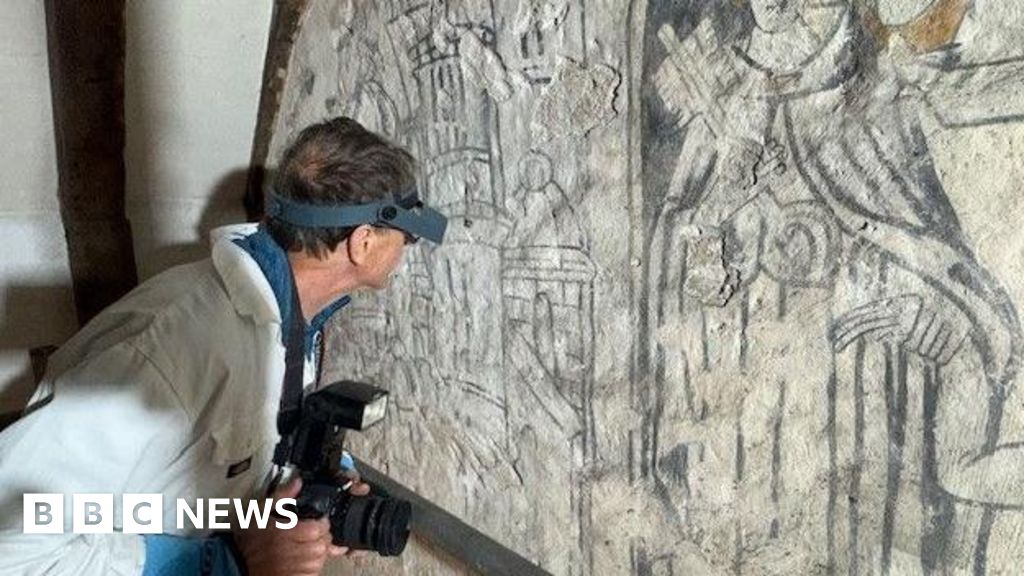Introduction to a Medieval Masterpiece
A 600-year-old medieval painting, known as the Doom or Last Judgment, has been discovered on a wall in St Peter’s Church in Cound, Shropshire. This painting is a rare example of a medieval church wall depiction of when Christ takes all souls to heaven or hell. The church is now working to preserve this important piece of history, but it will require significant funding.
The Painting’s History
The painting was first discovered in 1891 when construction workers were removing plaster from the east wall of the boys’ building. It is one of only 70 or 80 remaining paintings of its kind, making it a truly unique and valuable piece of art. The painting consists of two levels, with Christ in majesty sitting on a rainbow at the top, surrounded by depictions of people like the apostles or the Virgin Mary. On the lower level, there are images of the saved, rising from their graves and being taken to the heavenly city.
The Painting’s Significance
According to Peter Martindale, an art conservator specializing in murals, the painting is "very, very important" because it provides a glimpse into the past, showing how people lived and represented things. The painting is also "ephemeral," meaning it can be easily lost or damaged, making preservation efforts crucial. Martindale noted that the painting is a "wonderful picture of our history" and that it is essential to save what remains.
Restoration Efforts
The church is currently preparing a report on the condition of the painting and the necessary restoration work. The estimated cost of the restoration is around £50,000, which will require a significant fundraising effort. Churchwarden Ann Cooke acknowledged that the painting is beautiful and accepted that it would require restoration and cleaning work. She emphasized that a "huge" fundraising campaign would be necessary to cover the costs.
Fundraising Campaign
The church has already started raising money through concerts and donations, but more funds are needed to cover the costs of the restoration. Cooke noted that the church is lucky to have the painting, as some similar paintings were painted over in the Victorian era. The church is determined to preserve this important piece of history and is calling on the community to support their fundraising efforts. The painting’s preservation is not only important for the church but also for the community, as it provides a unique glimpse into the past and a chance to learn about history.

